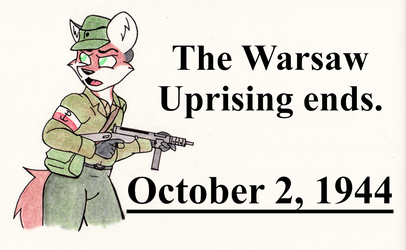Sign In
CloseOn October 9, 1967, Communist revolutionary Ernesto "Che" Guevara is executed in Bolivia. Born in Argentina on June 14, 1928, Guevara began attending the University of Buenos Aires to study medicine in 1948. While a student, Guevara began traveling across Latin America. Upon witnessing the living conditions and treatment of the people during his travels, he became more and more radicalized, blaming capitalism for the societal and economics ills he witnessed and turning to Marxism for a solution. During his travels, Guevara encountered other like-minded people including Raúl and Fidel Castro. In 1956, Guevara joined the Castros and others in traveling to Cuba as part fo the Cuban Revolution, helping them to overthrow the government of Fulgencio Batista in 1959. Guevara would play a major role in the early days of Fidel Castro's new government in Cuba, leading social reforms and restructuring the Cuban military. More controversially, it was at this time Che established his reputation as a cold, cruel man by overseeing the arrest, imprisonment, forced labor, and execution of Cuban citizens as part of the purges enacted in the wake of the revolution.
Guevara would late become a diplomat, traveling across the world on behalf of Castro and the new Cuban government. Including among his trips were a visit to the United Nations in New York City and a period of time aiding rebel forces in the Congo. In 1966, Guevara traveled to Bolivia in order to initiate a revolution in the South American nation. However, Che's plan failed due to a number of factors, including a lack of support from the local population, lack of communication with and thus support from Cuba, and the Bolivian Army being supported by the United States. On October 8, 1967, Guevara and his men were surrounded by Bolivian troops and Guevara himself was captured. On October 9, Bolivian President René Barrientos ordered Guevara's execution. A young Bolivian Army sergeant, Mario Terán, carried out the execution with a burst from a M2 Carbine. Guevara's body was then flown to Vallegrande, his hands removed and sent to Cuba so as to confirm his identity and death, and his body buried in an unmarked grave. In 1997, his grave was discovered and his body was identified and returned to Cuba.
Submission Information
- Views:
- 190
- Comments:
- 0
- Favorites:
- 1
- Rating:
- General
- Category:
- Visual / Traditional




